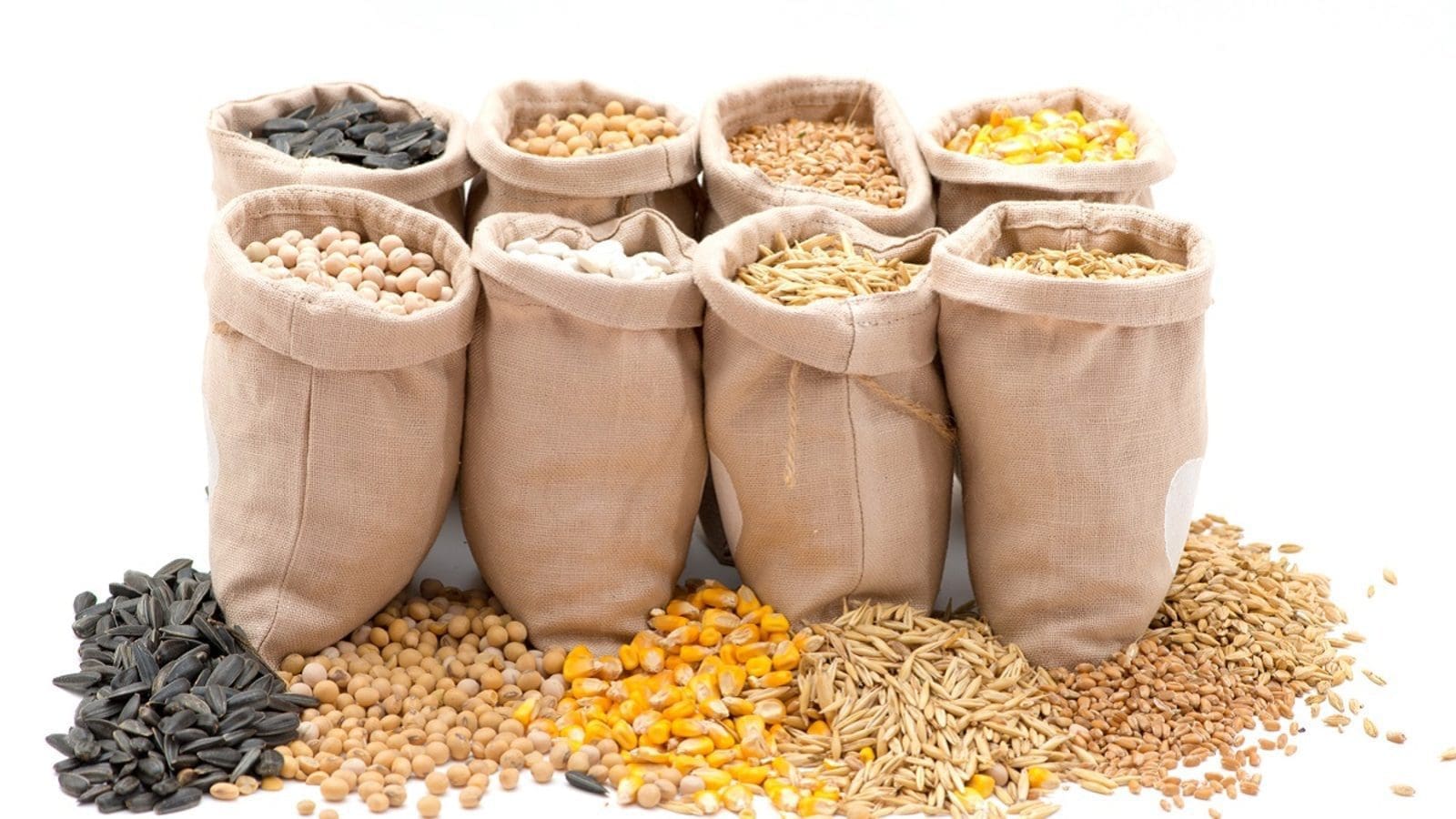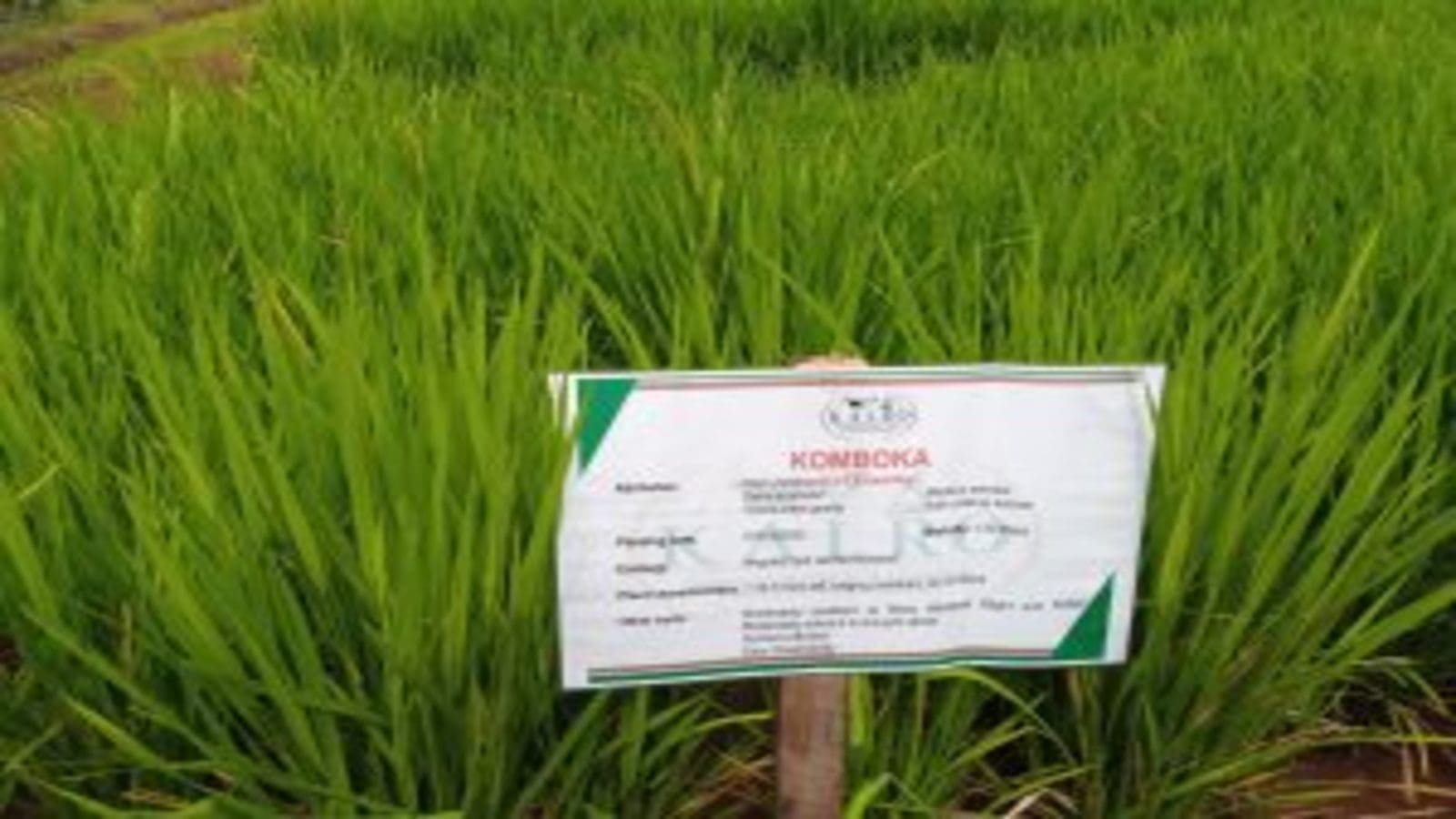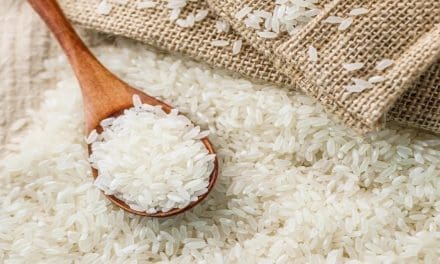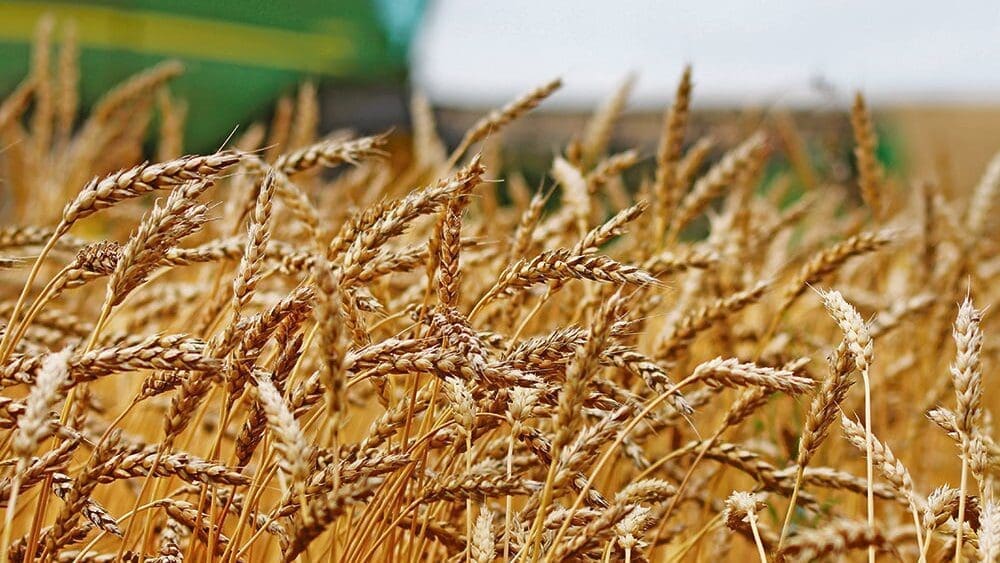MOROCCO – Drought and low rainfall drives Moroccan cereal production down by 60% to mark the largest decrease in the North African region in 2022, the United Nations’ Food and Agriculture Organization’s (FAO) quarterly report has indicated.
According to the report, North Africa, which accounts for over 60 percent of the African wheat production is poised to increase imports to offset the lower production recorded in 2022.
In Morocco, cereal production has been fluctuating in recent years following recent heat waves and dry weather conditions that have been straining the country’s output which relies on a rain-fed system of agriculture.
In 2022, the country suffered its worst drought in decades, leading to an estimated cereal production of nearly 3.3 million tonnes from the 10.4 million tonnes produced in 2021, recording a drop of more than 60%.
The impact of drought was not only experienced in Morocco but the entire North African region according to the reported data.
The Morocco world news citing FAO reported that North Africa’s aggregate cereal production for 2022 is estimated at 33 million tonnes, 10% below the region’s previous five-year average.
Specifically, the aggregate wheat harvest suffered the most, dropping to 16.6 million tonnes, almost 20% below the average.
To compensate for the reduced production, FAO has estimated that the region’s aggregate cereal import need hits 51 million tonnes in the 2022-23 year, an increase of 2% from the average.
FAO report expounded that part of the imports would go into states’ reserves, to cushion the countries over similar future situations.
Food prices on the rise
Meanwhile, FAO has revealed that the reduced output has naturally had an effect on food prices in the region, with food price inflation continuing to increase at high levels in most of the region.
Food prices have been rising recently as several crises disrupted global production and supply chains. The global market is yet to recover from the effects of Covid-19 and the Russia-Ukraine war which had significantly affected purchasing powers.
According to the report, the Moroccan annual food inflation increased to over 10% by June 2022, before reaching a record 15.5% in December of the same year.
However, the report revealed that the Moroccan inflation rate lagged just behind Egypt’s staggering 48% by January 2023. The report however singled out Libya being the sole exception from the inflation pressure.
Showing optimism, the FAO report noted that a substantial improvement in cereal and wheat crops in 2023 is still feasible should weather conditions improve throughout the rest of the year
For all the latest food industry news from Africa and the World, subscribe to our NEWSLETTER, follow us on Twitter and LinkedIn, like us on Facebook and subscribe to our YouTube channel










